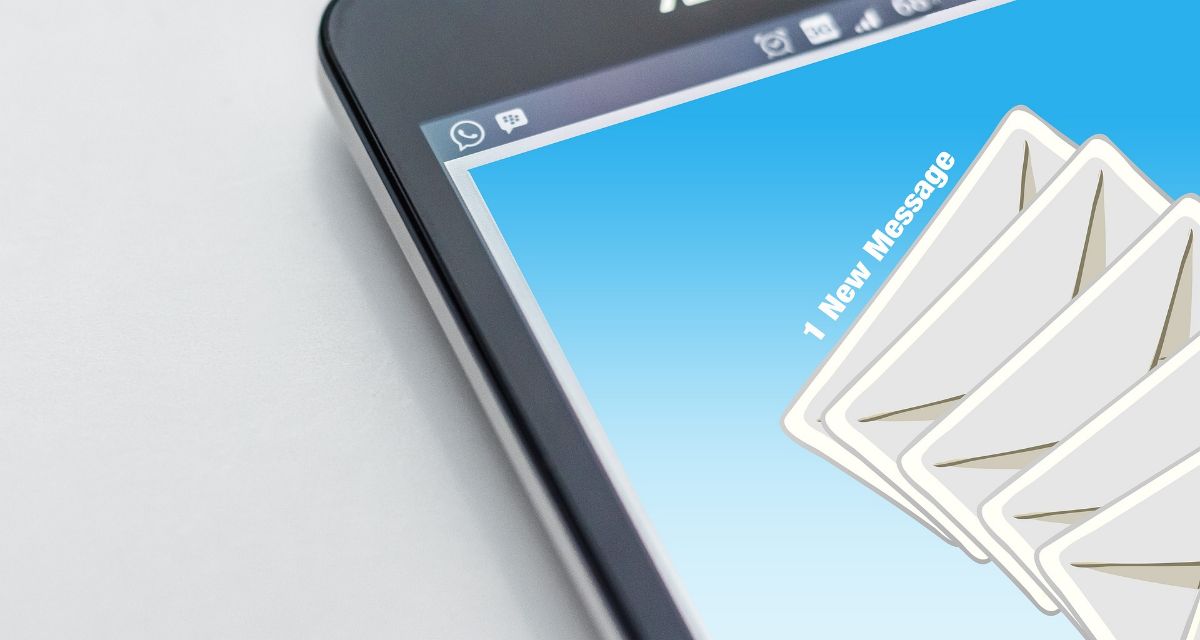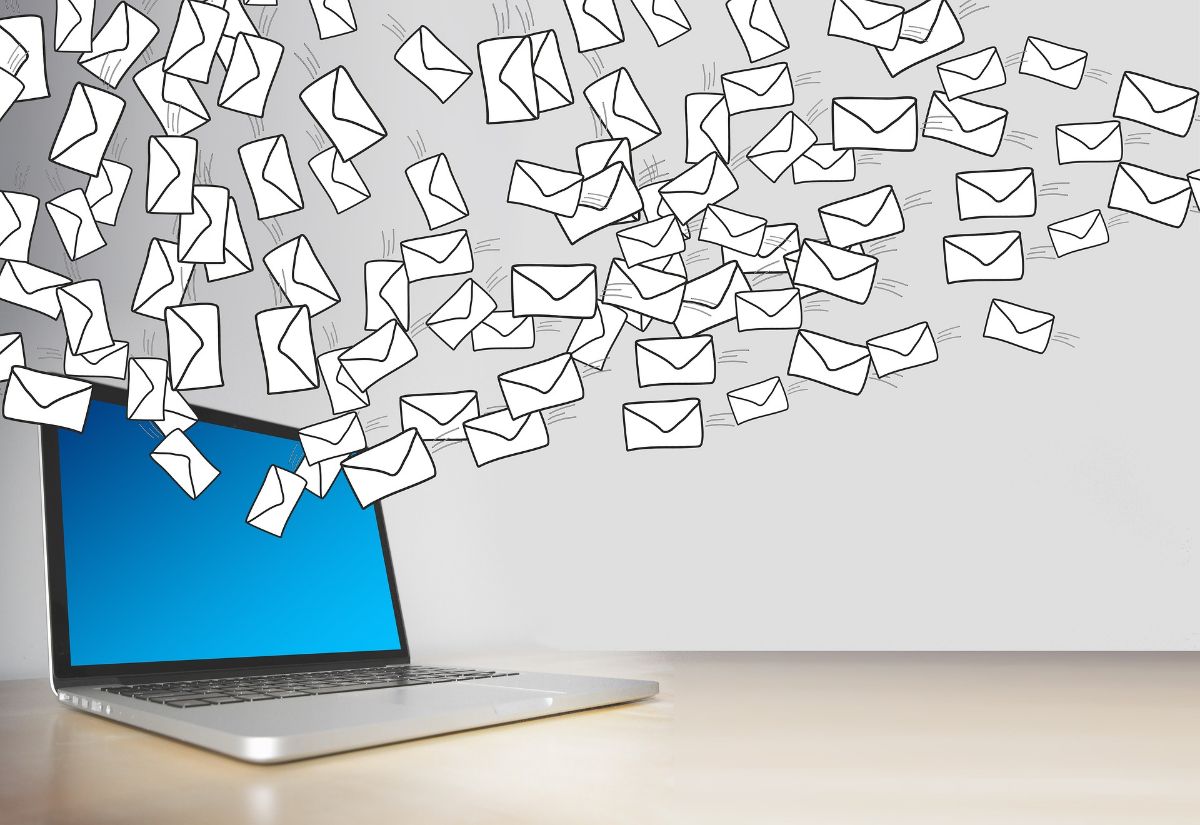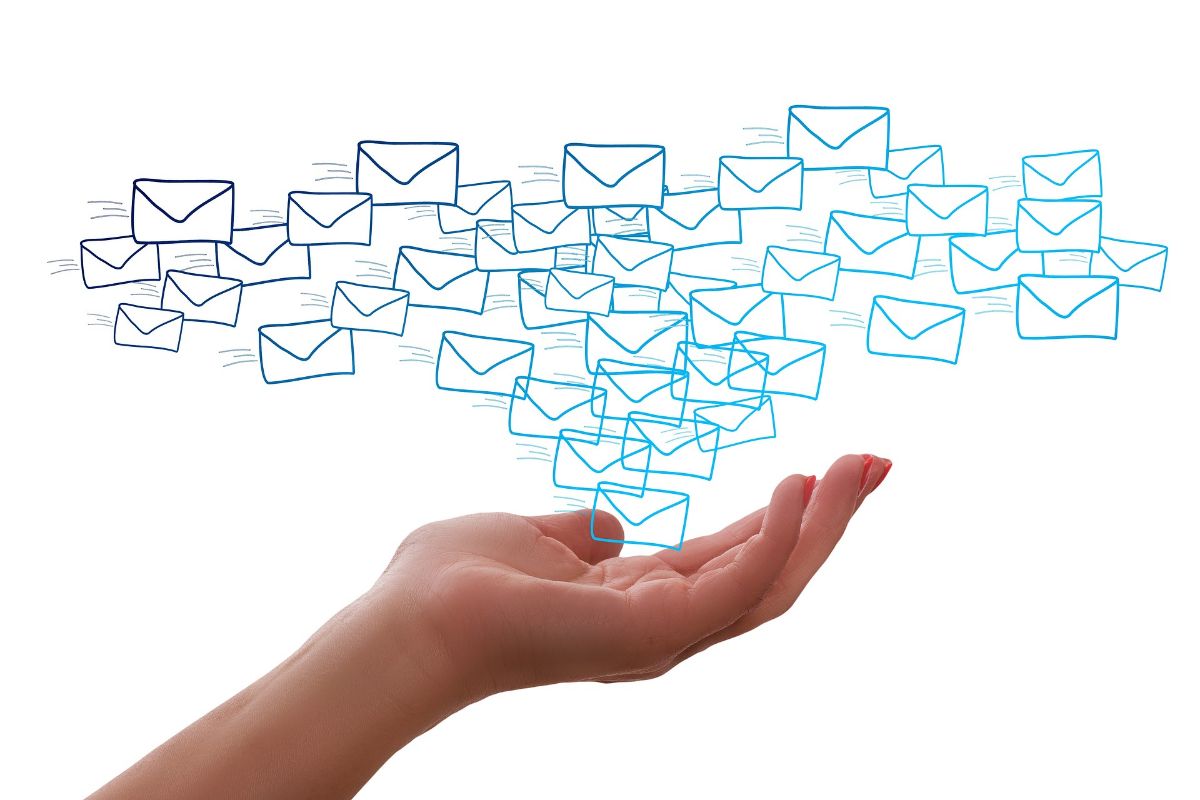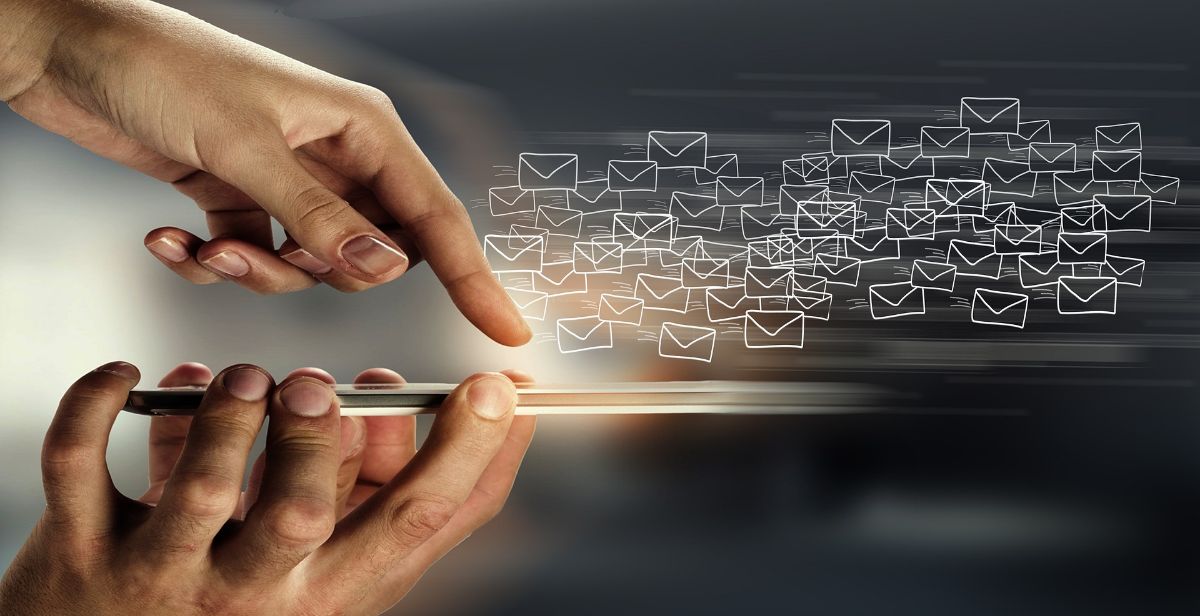
Within the communications that an eCommerce can carry out, we have several options. At first, the best known was the mailing. Then came the newsletter. And now the time has come email marketing campaign with which to retain the contacts that arrive.
But What is the difference between these terms? Can they coexist at the same time? Are they compatible for the use of an eCommerce? We tell you.
Email marketing, mailing, newsletter: three different ways of communicating with each other

These three terms that we have just presented to you are three ways to communicate with the users of your page or those who visit it and are encouraged to subscribe. However, each of them can be understood in a different way. That is where your differentiation is.
The mailing
We start with the mailing. It's about a mass mailing. To make it clearer, it is to take a mailing list (which may have subscribed or do it "cold call").
The goal of this is publicize the store, a product, a service... In general, it is the first email that is sent to every possible person or company so that they know the store.
For example, imagine that you have created a tool shop. The normal thing is that you take all the companies that may be interested in buying from you and send them an email to inform them of the opening of the store.
We could say that it is an advertising tool; the typical mailbox where companies printed advertising and distributed it to all mailboxes. Only, in this case, online.
La newsletter
A newsletter or, in Spanish, an informative bulletin, is an email that It is sent when the store has certain news that are interesting to make them known to users.
The list of emails that make up a newsletter are usually people who have subscribed or who have purchased (and have been previously informed of the sending of these emails). In this way, what is intended is not only to make these products known, but also to try to make them buy again.
To carry out you need a program to make and send newsletters since, by sending it from our own email, when there are many contacts, it can be branded as spam or not arrive at all. With the programs it is possible to check if all the emails have been sent, if they have reached their destination, if they have been opened, clicked on the links, etc.
email marketing
And we come to email marketing, a tool that has been booming for a few years and it is predicted that it is here to stay. It is a marketing strategy in which, Through more periodic messages, a relationship with users is established.
In addition, it is not sold directly, but it is about connecting with that person using the pain points to overcome the brakes they have and buy (whether it is a product or a service). However, even if you have that objective, it becomes secondary because the most important thing is to show closeness and connection to that person.
To do this, use email marketing programs such as Mailrelay or other paid (or free) that automate this work allowing you to write and schedule several emails to be sent at a certain time and date, as well as to a group of subscribers.
Main differences between mailing, newsletter and email marketing

Now that you know exactly what we mean by these terms, you may have already noticed some differences. However, we make it easier for you. And it is that the differences lie in delivery, frequency and purpose.
The shipment
Regarding shipping, we mean how it is shipped. For example, in the case of the mailing, a mass mailing is done without specifying any group. Quite the opposite of what happens with the newsletter, where it is sent mainly to people who have bought; or to email marketing, who are subscribers (being able to be buyers or not).
The frequency
Regarding the frequency of sending, the mailing is usually done only once every x time. Sometimes only once in the life of eCommerce. the complete opposite of the newsletter, which can be once a week; or email marketing, which can be from daily to only from Monday to Friday, or at least 2-3 times a week.
Purpose
In this aspect, each of the emails has an objective. The mailing, for example, helps us to publicize a company, a business or a new product. For its part, the newsletter is a massive mailing, mainly of news in the store and focused on people who have already purchased.
Finally, I would be email marketing, whose objective is none other than to retain the list of subscribers. And yes, sell them.
What is the best communication tool for an eCommerce

Now that each of the communication tools that an eCommerce can use has become clearer to you, the usual question is: which is better?
Indeed, there is no easy answer to this. It all depends on the time that can be invested and the economic investment that can be made. If you can afford to have a person in charge of email marketing strategies, this could be dedicated to writing daily emails, as well as sending newsletters (which are not done daily) or mailings (not done daily either).
However, if you had to opt for just one, perhaps, in the case of an eCommerce, the newsletter be the best option since through it you can sell to users with a larger repertoire of products in it (usually email marketing focuses only on a specific product or category).
But, as we tell you, it will depend on the type of eCommerce, the strategies you carry out, etc.
What yes you are going to need is a program to manage email marketing campaigns because they will give you many statistics that allow you to know if the work you are doing has benefits (in terms of users opening your emails, clicking on the products...) or if changes have to be made because there are no good results.
Do you have any more questions? Ask us without obligation.